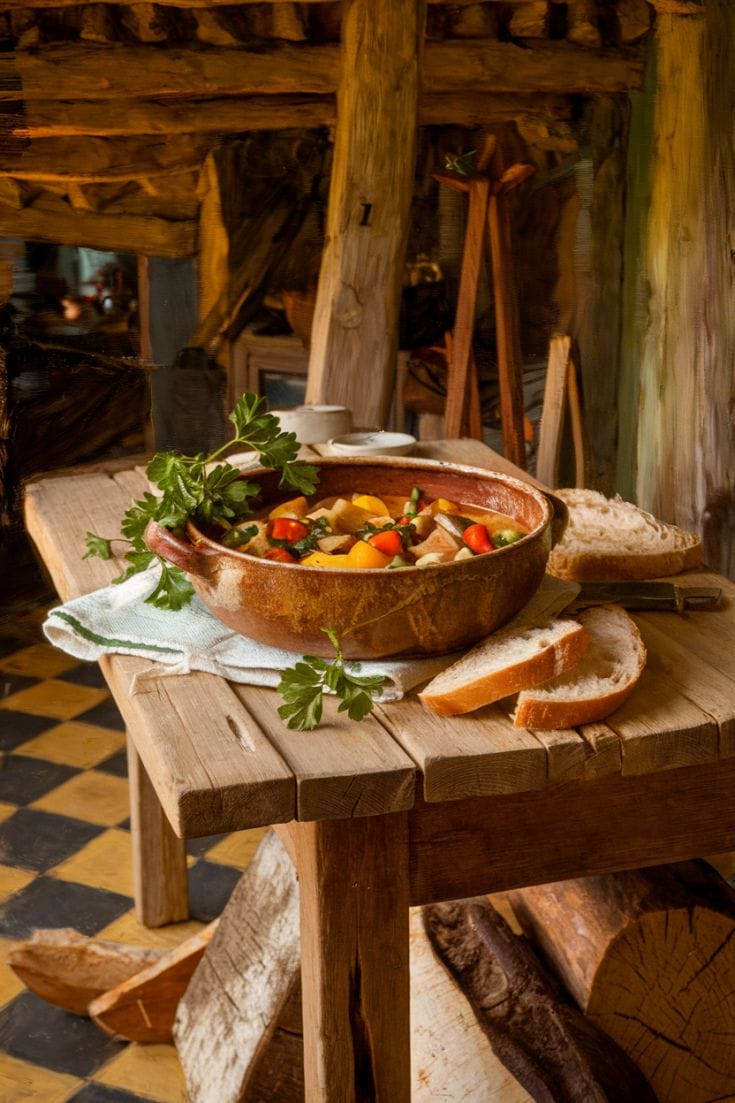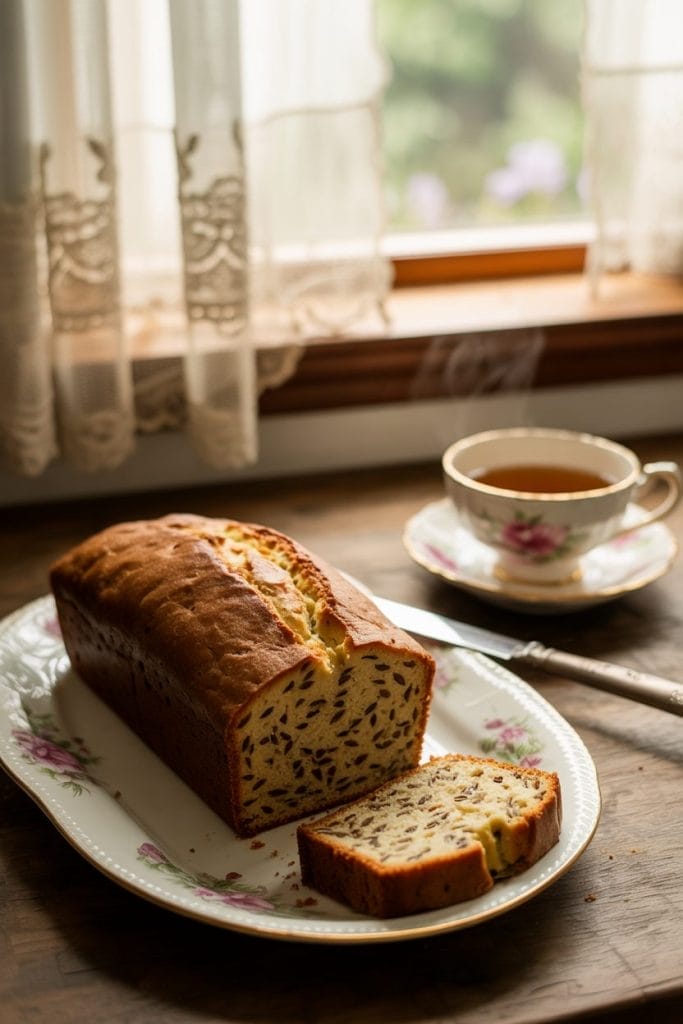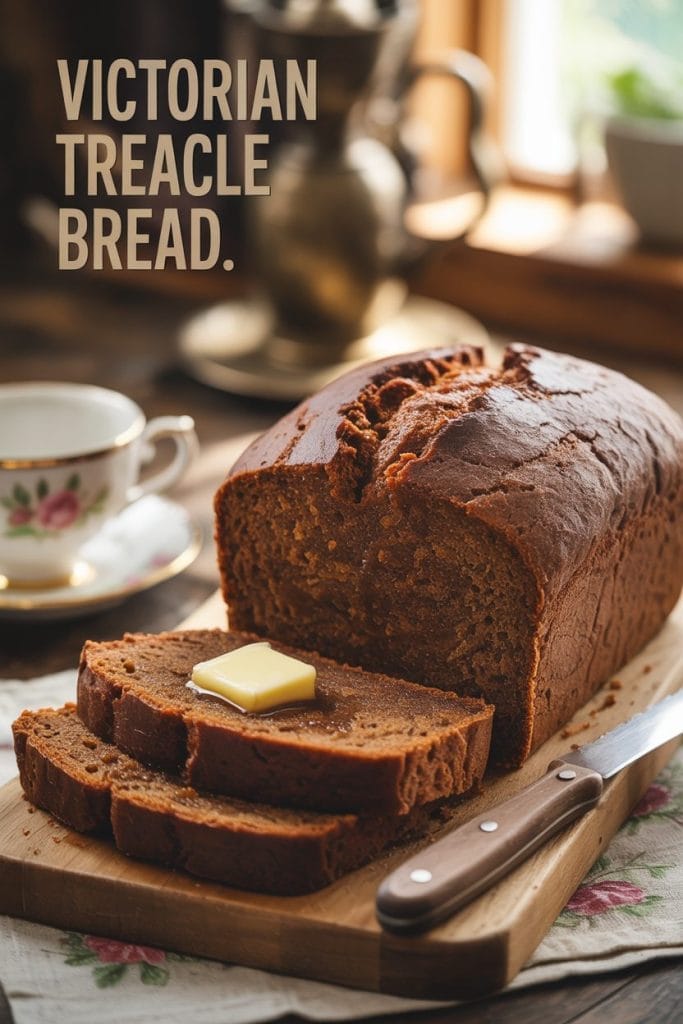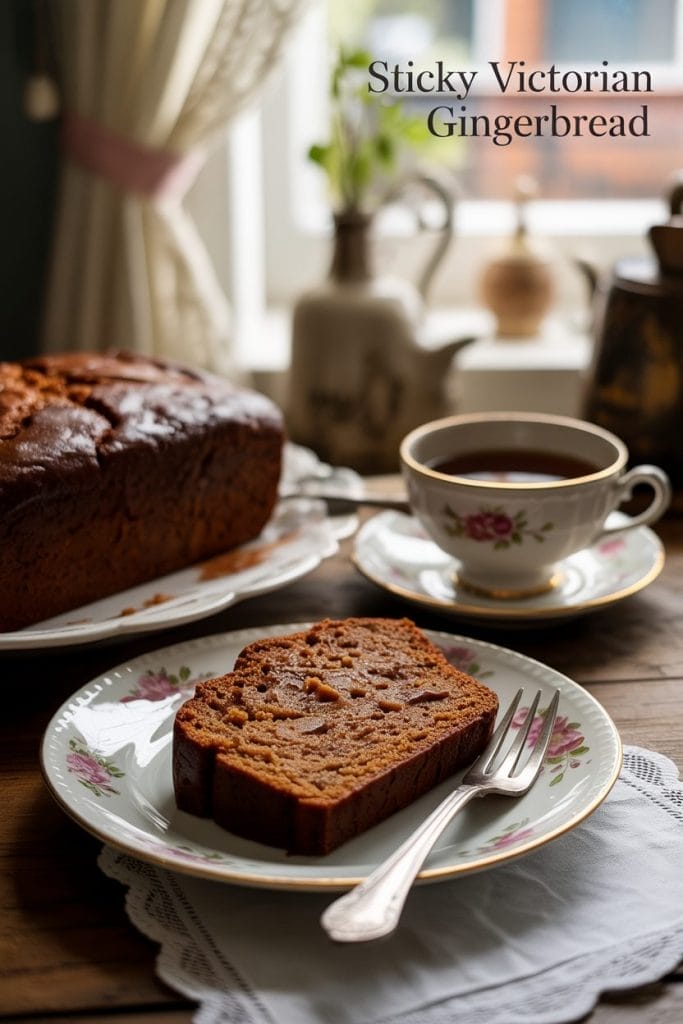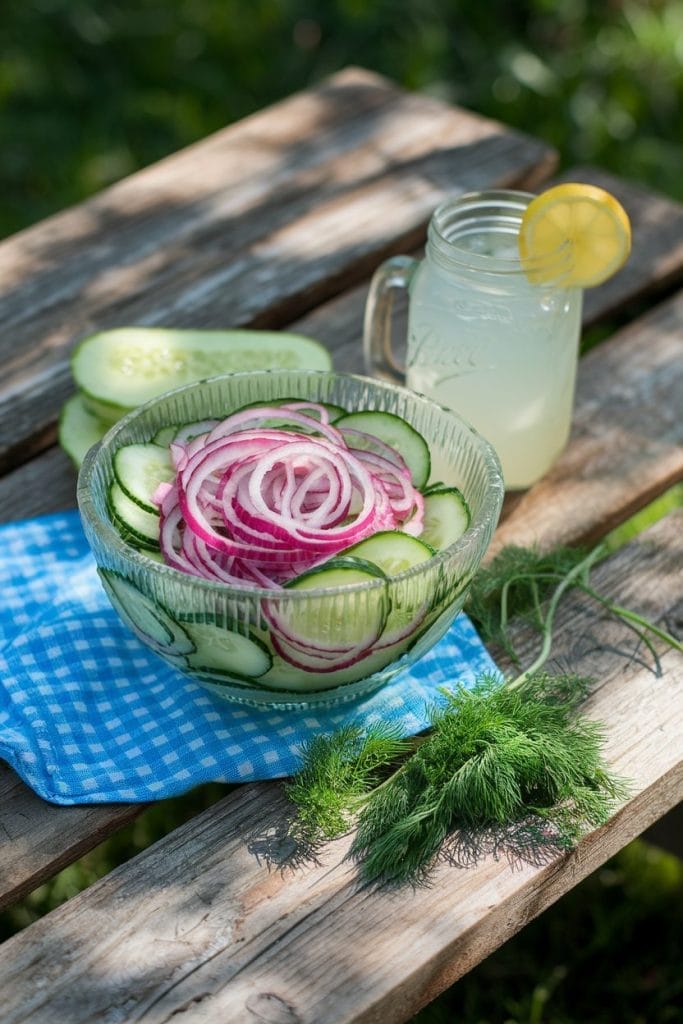I Made These FREE Vintage Recipe Tools JUST For You
This recipe was created with help from AI tools and carefully reviewed by a human. For more on how we use AI on this site, check out our Editorial Policy. Classic Fork earns a small commission from Amazon and other affiliate links at no extra cost to you, helping us keep our content free and honest.
6 Wartime Recipes from Different Countries [How the World Ate During War]
Time Period:
Meal Type:
Could you survive on a wartime diet?
From powdered eggs to bread made with mystery ingredients, people around the world had to get incredibly creative with their meals.
But some of these dishes were surprisingly delicious—and a few even stuck around!
Take a culinary time-travel tour with these six wartime recipes from different countries and decide: Would you eat them today?
What Would You Cook in Wartime?
Step back in time and discover what you could make with limited wartime rations
Wartime Recipes from Different Countries
War changes everything—including the way people eat. With food shortages, strict rationing, and creative substitutions, families and soldiers alike had to make do with whatever was available. But what did wartime meals look like in different parts of the world? From British "mock" dishes to American ration cakes and Japanese rice-saving strategies, these six wartime recipes reveal the incredible resilience (and ingenuity) of people during conflict.
During WW2, food rationing made simple, hearty recipes essential. This rye bread captures the resilience and resourcefulness of that time. Its dense texture and earthy flavor make it not just a slice of bread but a slice of history.
There’s something profoundly comforting about the aroma of freshly baked bread, and when that bread is infused with the delicate sweetness of chestnut flour, the sensory experience becomes truly remarkable.
During World War II, resourcefulness in the kitchen was not just a virtue—it was a necessity. Wheat flour was often scarce or heavily rationed, leading French bakers and home cooks to turn to alternatives like chestnut flour, a staple in certain regions of France for centuries.
This French Chestnut Flour Bread pays homage to those inventive wartime bakers, blending tradition with innovation to yield a loaf that’s subtly nutty, tender, and entirely unforgettable.
During World War 2, real coffee beans were hard to find. People used roasted barley, chicory root, or other grains as coffee substitutes.
Muckefuck was not rich or strong like true coffee. It was still comforting and offered a small pleasure in a difficult era.
During World War II, families across the United States relied on “Victory Gardens” to supplement their diets with homegrown vegetables, as rationing limited access to many staple ingredients.
This hearty vegetable stew draws from that era’s spirit of resilience and resourcefulness, turning simple backyard produce into a comforting meal.
It’s a one-pot dish that makes the most out of what’s available—perfectly adaptable to what’s in season—and a warming reminder of how home cooking can lift the soul during challenging times.
During the trying times of World War II, British households had to get creative in the kitchen due to strict rationing. One delightful result of this ingenuity was Carrot Marmalade.
This sweet and tangy spread made from humble carrots brought a touch of brightness to the breakfast table, substituting scarce fruits like oranges. Today, we recreate this classic recipe to bring a slice of history to your pantry.
Few dishes evoke the spirit of resilience and resourcefulness like Shchi, the classic Russian cabbage soup that sustained countless families through wartime hardship. With its fragrant aroma of stewed cabbage and the heartiness of root vegetables, this traditional soup delivers comforting warmth in every spoonful.
Although the ingredients are simple and humble, the depth of flavor and rich satisfaction found in a single bowl of Shchi made it a staple on Soviet tables during World War II.
Today, preparing it is not only a culinary experience but also a tribute to the resourcefulness and ingenuity that people demonstrated during challenging times.

Maggie Hartwell
Hi there, I’m Maggie Hartwell, but you can call me Maggie—the apron-clad foodie behind Classic Fork! I created Classic Fork because I’m convinced food has a way of telling stories that words can’t. So, grab a fork and dig in. The past never tasted so good!




